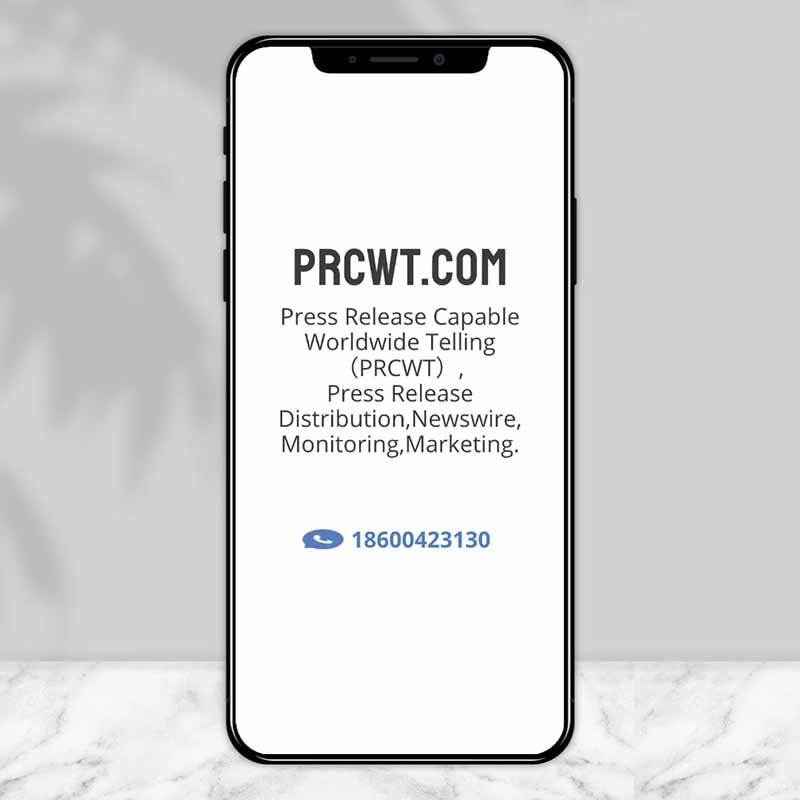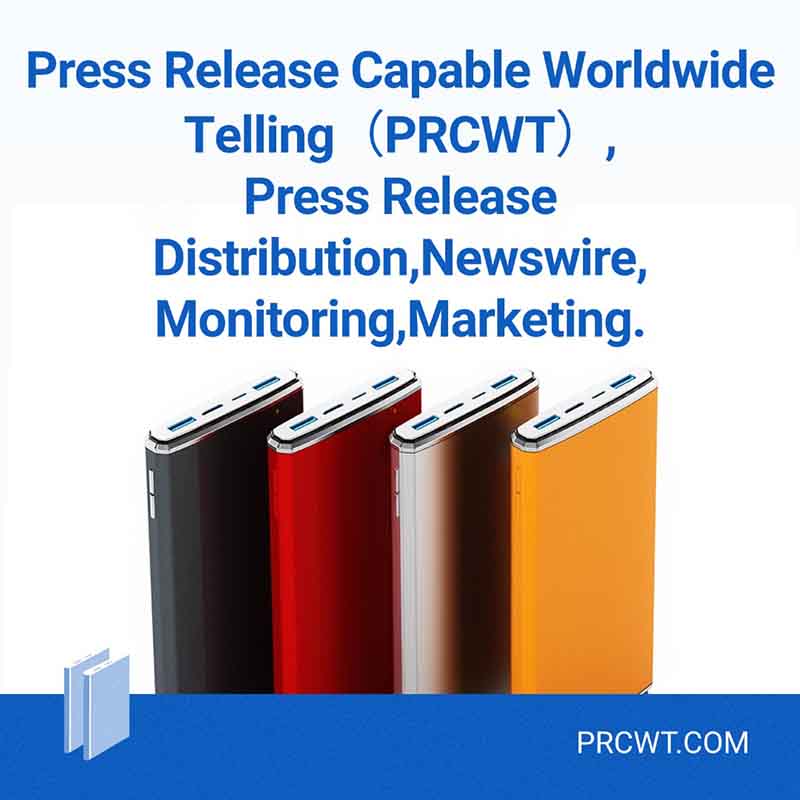In the digital age, media monitoring has become an essential tool for businesses and organizations. It involves the tracking and analysis of various media sources to gather information about a brand, product, or event. This data can then be used to make informed decisions, improve marketing strategies, and manage reputation.
According to recent industry reports, the global media monitoring market is expected to grow at a compound annual growth rate of over 10% in the coming years. This growth is being driven by the increasing importance of social media, the need for real-time monitoring, and the desire for more accurate and comprehensive data.

One of the key benefits of media monitoring is its ability to provide real-time insights into what people are saying about a brand or product. This can help businesses identify emerging trends, address negative sentiment, and respond quickly to customer inquiries. For example, if a company notices a sudden increase in negative reviews on social media, it can take immediate action to address the issue and improve customer satisfaction.

Another important aspect of media monitoring is its role in reputation management. By tracking mentions of a brand in the media, businesses can gain a better understanding of how they are perceived by the public. This information can then be used to develop strategies to enhance their reputation and build trust with customers.
In addition to these benefits, media monitoring can also provide valuable insights into market trends and competitor activity. By analyzing the media coverage of competitors, businesses can identify areas where they can gain a competitive advantage and develop strategies to stay ahead of the curve.
Overall, media monitoring is a powerful tool that can provide businesses with valuable insights into what is happening in the market and how they can respond. By leveraging the latest technology and data analytics, businesses can gain a competitive edge and drive growth.
